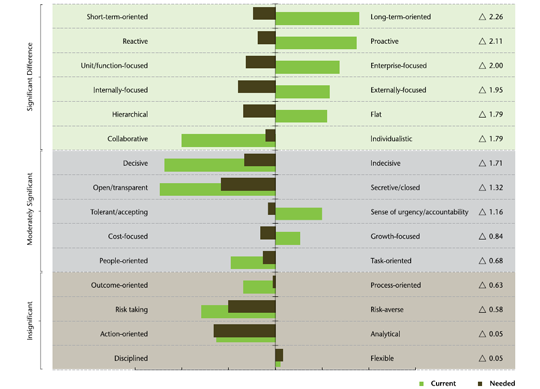On the Road to Culture Transformation Part I

Tarandeep Singh
Partner,
Talent & Performance,
Aon Hewitt
Apparel manufacturing is a labor-intensive, highly competitive, low margin business. For decades, global brands and retailers like Walmart and Nike have outsourced manufacturing to low-cost countries like India, China, Sri Lanka, Vietnam and others. Early entrepreneurs recognized this opportunity, and a few created USD 1 billion enterprises over the basic principles of client centricity (do as "they" desire), costs arbitrage and operational efficiency. More recently, increased production and labor costs, amplified by raw material proximity and sophisticated supply chain, led to the emergence of newer manufacturing locations across the globe. Our clients in this industry responded by adopting better account management and automation/lean practices. However, the need for quicker fashion cycles and customized design requirements has demanded that their culture also evolves to be more proactive, long-term-oriented and external focused. Easier said than done! While new capabilities can be bought, their assimilation with existing structures can be daunting as well as frustrating. Current practices and norms impede progress. Employees resist changes to their past behavior. Organizations therefore need to plan their cultural transformation in line with the changes to external environment and their business strategy.
Unfortunately, our research says organizations are behaving otherwise:
1) 66% of organizations say their culture is not well aligned with their organization's strategic objectives1
2) 83% said their leaders don't have the skills required to build and sustain a high performing culture2

3) Unsurprisingly, disengaged employees increase from 14% to 19% during phases of business/strategy transformation with significant impact on job3 Despite being an effusive term, culture (defined most often as shared norms and beliefs) can be a source of distinct competitive advantage. Apart from bringing alignment on informal codes of behavior (how things are done here), culture, when articulated and matured deliberately, becomes a strong fabric that weaves people into creating a sustainable and resilient organization. Started in 1999 as an online shoe store, Zappos' CEO, Tony Hsieh refused to sell out to Amazon in 2005 since he felt their culture and brand would be at the risk of disappearing. According to Tony, At Zappos, the belief is that if you get the culture right, most of the other stuff like great customer service, or building a great long-term brand, or passionate employees and customers will happen naturally on its own.4 Jeff Bezos did have his way in 2009, but only after offering USD 1.2 billion and agreeing to let Zappos operate independently. Zappos continues to deliver year-on-year profitable growth something that isn't so common in online retail platform industry.
|